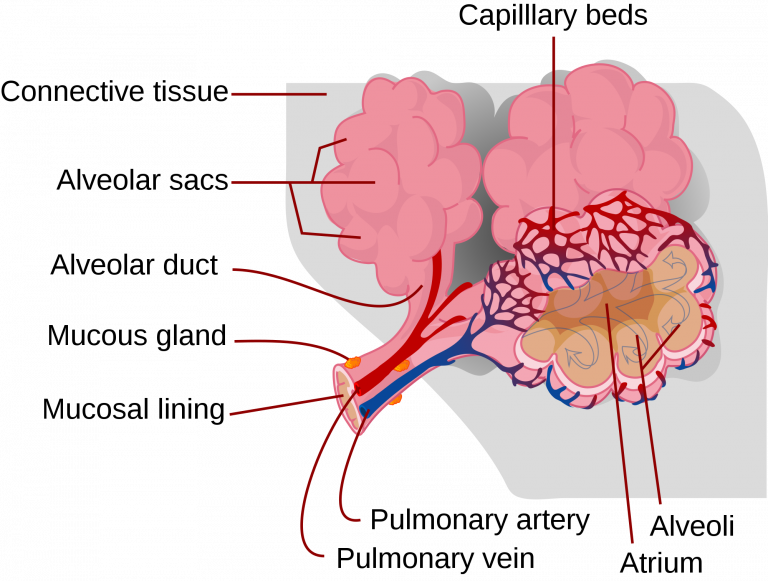
In these spaces, the lungs are ventilated and receiving enough air, but blood is not being oxygenated in that space because the air is not reaching perfused areas. Why is anatomical dead space?Īnatomical dead space occurs naturally in areas of the lungs that don’t come in contact with alveoli (like the trachea).


The physiological dead space is the combination of anatomic and alveolar dead space. Thus, only one alveolus is receiving ventilation and perfusion (alveolus 2) alveolus 1 and 3 are being ventilated but not perfused (ie, alveolar dead space). Is alveolar dead space the same as physiological dead space? The anatomical dead space is the total volume of the conducting airways from the nose or mouth to the terminal bronchioles, and in ventilated infants includes the apparatus dead space (endotracheal tube and flow sensor). The physiological dead space is the anatomical dead space plus alveolar dead space. … In healthy lungs where the alveolar dead space is small, Fowler’s method accurately measures the anatomic dead space by a nitrogen washout technique. Depending on the disease condition, additional mechanisms that can contribute to an elevated physiological dead space measurement include shunt, a substantial increase in overall V'A/Q' ratio, diffusion impairment, and ventilation delivered to unperfused alveolar spaces.Anatomical dead space is that portion of the airways (such as the mouth and trachea to the bronchioles) which conducts gas to the alveoli. For the range of physiological abnormalities associated with an increased physiological dead space measurement, increased alveolar ventilation/perfusion ratio (V'A/Q') heterogeneity has been the most important pathophysiological mechanism. Although a frequently cited explanation for an elevated dead space measurement has been the development of alveolar regions receiving no perfusion, evidence for this mechanism is lacking in both of these disease settings. An elevated physiological dead space, calculated from measurements of arterial CO2 and mixed expired CO2, has proven to be a useful clinical marker of prognosis both for patients with acute respiratory distress syndrome and for patients with severe heart failure.


 0 kommentar(er)
0 kommentar(er)
